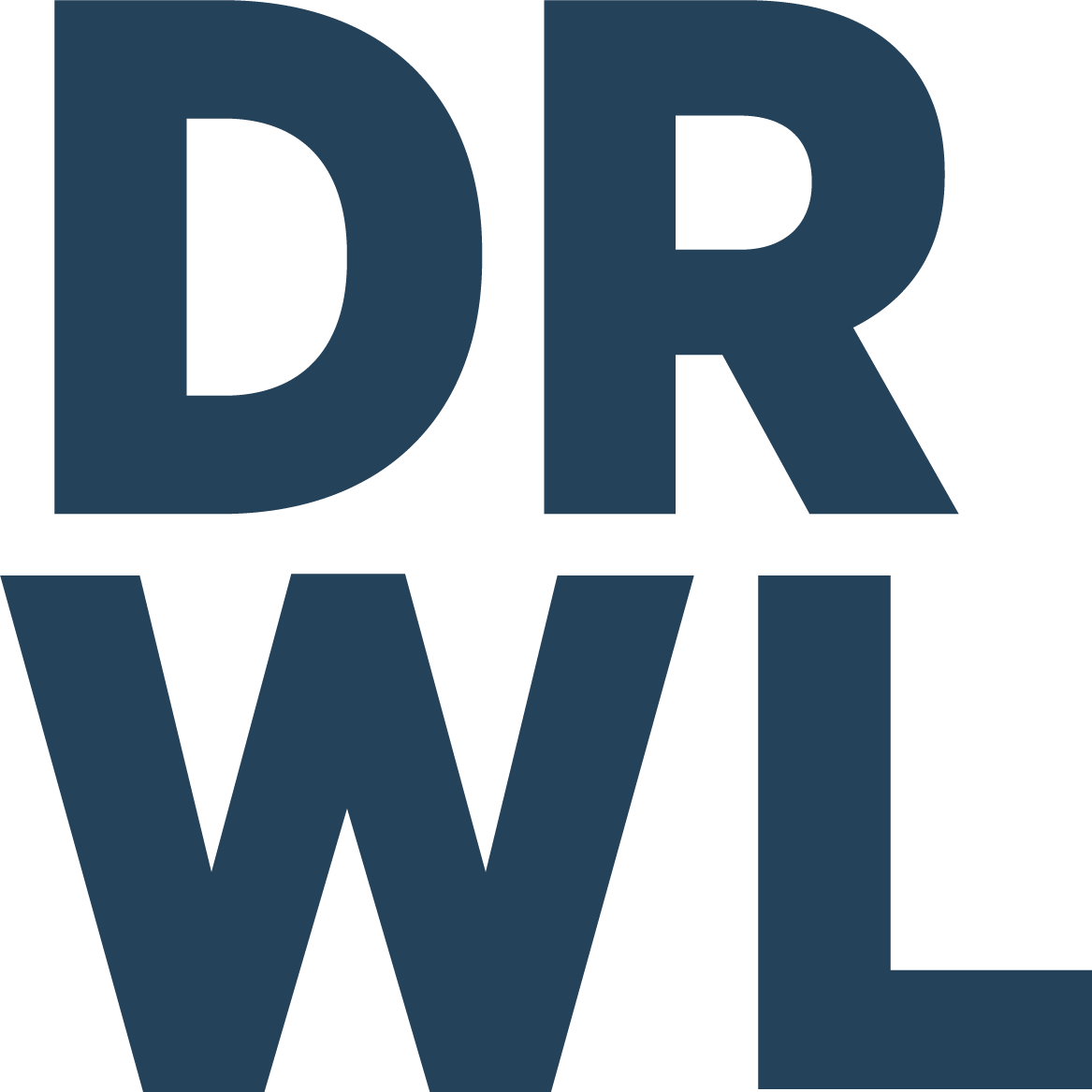What are formal and informal assessments in special education?
Parenting a child with special needs comes with its unique set of challenges, and one crucial aspect of ensuring your child's success is understanding the various assessment methods employed in their education.
Special education relies heavily on assessment to tailor instructional strategies and support for each student. In this article, we'll explore the differences between formal and informal assessment methods and how they play a vital role in shaping your child's educational journey.
Formal Assessments: A Structured Approach
Formal assessments in special education follow a systematic and structured approach to measure a child's academic, social, and behavioral abilities. These assessments are standardized, meaning they adhere to a predetermined set of guidelines and conditions. Typically, formal assessments involve standardized tests, quizzes, or assignments that have been designed to measure a specific skill or set of skills.
Standardized Tests: One of the most common forms of formal assessment is standardized testing. These tests are administered under controlled conditions, ensuring consistency across all students. They often include multiple-choice questions, essays, or other formats that allow educators to evaluate a student's proficiency in various subjects.
Norm-Referenced Assessments: These assessments compare a child's performance to that of a larger group or "norm" of students of the same age or grade level. Norm-referenced assessments provide valuable insights into how a child compares to their peers in specific academic areas.
Summative Assessments: These assessments are typically administered at the end of a learning period to gauge a student's overall understanding and mastery of the material. Summative assessments, such as final exams or standardized achievement tests, help educators make decisions about a student's progression to the next grade level or eligibility for special education services.
Informal Assessments: A Personalized Perspective
Informal assessments, on the other hand, take a more personalized and flexible approach to understanding a child's abilities and challenges. These assessments are not standardized and are often conducted in natural, day-to-day settings. Informal assessments provide a more comprehensive view of a child's skills, capturing their strengths and areas needing improvement in various contexts.
Observations: One of the simplest and most effective informal assessment methods involves regular observations by teachers, parents, and support staff. Observing a child in different settings provides valuable information about their behavior, social interactions, and learning preferences.
Portfolio Assessment: In special education, portfolio assessment involves collecting and reviewing samples of a child's work over time. This method allows educators to track progress, identify areas of improvement, and celebrate achievements. Portfolios often include a range of materials, such as written assignments, artwork, and projects.
Authentic Assessments: These assessments focus on real-world applications of skills and knowledge. For example, a teacher might evaluate a student's ability to apply mathematical concepts by solving a practical, everyday problem. Authentic assessments provide a more accurate representation of a child's abilities in real-life situations.
Choosing the Right Assessment Method
Understanding the differences between formal and informal assessments is crucial for parents advocating for their special education students. Each assessment method serves a unique purpose, and a combination of both formal and informal approaches offers a more holistic view of a child's abilities and needs.
Individualization: Informal assessments are particularly effective in capturing the individual strengths and challenges of special education students. While formal assessments provide standardized data, they may not fully capture the unique qualities that make each child special. Combining both types of assessments allows for a more personalized approach to education.
Collaboration with Educators: Parents should actively engage with their child's educators to understand the assessment methods being used and their implications. Regular communication fosters a collaborative environment, enabling parents to contribute valuable insights about their child's behavior and learning style.
Advocacy for Accommodations: Based on assessment results, parents can advocate for appropriate accommodations that cater to their child's specific needs. Whether formal or informal, assessment data plays a crucial role in determining the support services and accommodations that can enhance a special education student's learning experience.
In navigating the complex landscape of special education, parents play a pivotal role in advocating for their child's unique needs. Understanding the distinctions between formal and informal assessment methods empowers parents to actively participate in their child's educational journey.
By collaborating with educators, interpreting assessment results, and advocating for individualized support, parents can ensure that their special education students receive the tailored education they deserve, setting the foundation for a successful and fulfilling future.
